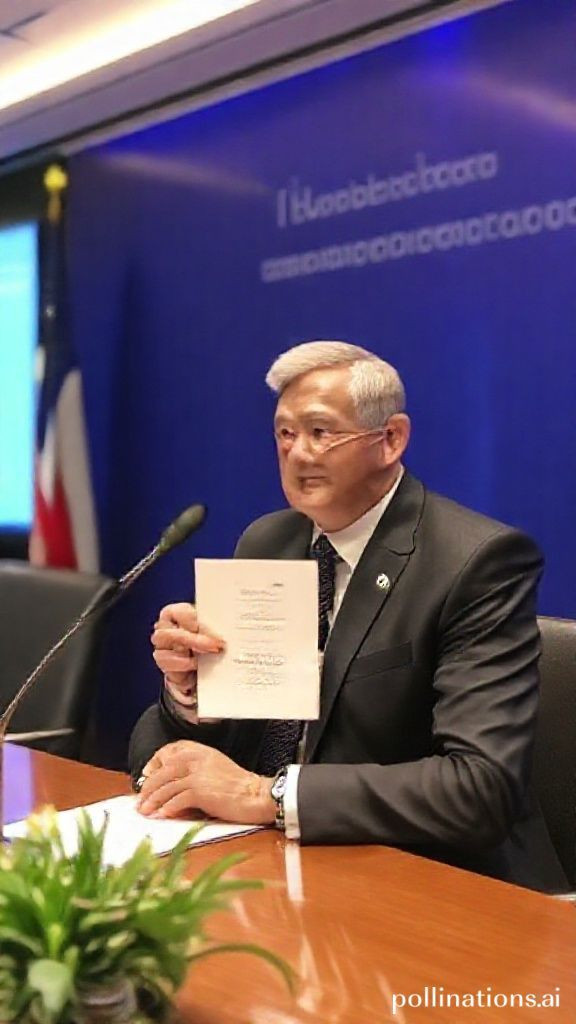
The Perfectly Boiled Egg A Scientific Recipe
The Perfectly Boiled Egg A Scientific Recipe
Here's the edited blog post
The Perfectly Boiled Egg A Scientific Recipe
Cooking the perfect boiled egg can be a challenge. But fear not, dear readers! Scientists have finally cracked the code (pun intended) on achieving a velvety yolk paired with soft, solid whites.
In this post, we'll delve into the world of culinary science and explore how researchers used mathematical modeling to tackle the runny conundrum of cooking the perfect boiled egg. We'll also share their innovative technique for periodic cooking, which involves transferring eggs between hot and lukewarm water every two minutes.
The Challenge Cooking the Perfect Boiled Egg
Achieving the perfect balance of yolk and white can be tricky because they cook at different temperatures. If you hard boil an egg, the yolk can become chalky, while cooking low and slow can result in jelly-like whites. But what if we could find a way to cook both parts simultaneously?
The Science Behind Cooking the Perfect Boiled Egg
Researchers conducted an extensive study, cooking hundreds of eggs and using mathematical modeling to understand how heat travels between a hot surface and an egg. They also studied how the egg's contents change from liquid to solid with a gel-like state in between. Their findings led to the development of a novel recipe that involves transferring eggs in a steamer basket every two minutes between two bowls of water – one boiling and the other lukewarm at 86°F (30°C) – for a total of 32 minutes before cooling under running water and peeling.
The Method Periodic Cooking
In their study, published in Communications Engineering, researchers dubbed this innovative technique periodic cooking. This method involves heating and cooling the egg whites until fully set, while keeping the yolk at a constant temperature to achieve a creamy texture. The result is a perfectly cooked boiled egg with a velvety yolk and soft, solid whites.
The Tasting Panel Does It Live Up to the Hype?
To confirm their findings, researchers tested the chemical makeup of the prepared eggs and served them to a panel of eight tasters alongside traditional boiled eggs. The results were impressive – the new technique yielded a more balanced texture that many participants preferred.
Conclusion Worth the Extra Time?
While this method may require a bit more time in the kitchen compared to standard hard-boiling, the blend of textures on the tongue could be worth the extra effort. As food scientist Joanne Slavin from the University of Minnesota notes, This is a slower process to get a better outcome.
In conclusion, the perfect boiled egg has finally been cracked – literally! With this innovative technique and a dash of scientific know-how, you can achieve a velvety yolk paired with soft, solid whites. So go ahead, give it a try, and experience the delight of a perfectly cooked boiled egg.
Keywords cooking the perfect boiled egg, periodic cooking, culinary science, math modeling, egg cooking techniques




